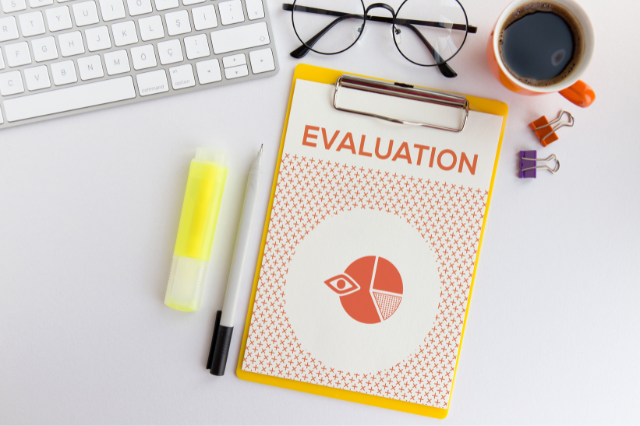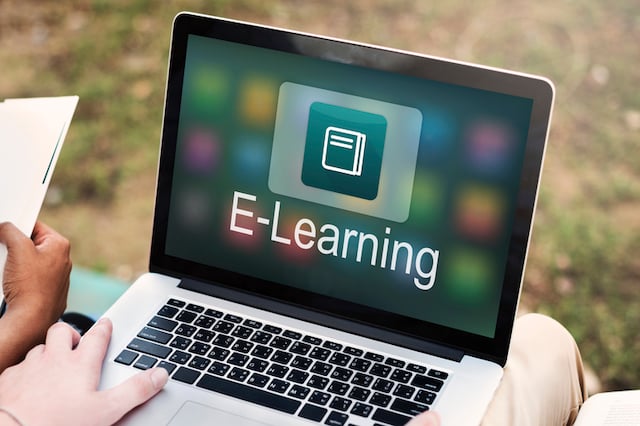In any field, training is an essential part of developing the knowledge, skills, and attitudes necessary to be successful. However, it is not enough simply to go through the motions of training. In order to ensure that learners are actually learning, it is important to be able to measure results. Without clear learning outcomes and a way to track progress, training can quickly become ineffective. Kirkpatrick’s Four Levels of Training Evaluation, also known as the Kirkpatrick Model, is one effective tool used for evaluating the results of training.
Kirkpatrick's Four Levels of Training Evaluation is a model often used by instructional designers and training developers to evaluate the effectiveness of training. The model was first published in the book "Evaluating Training Programs" by Donald Kirkpatrick in 1959, and has since been widely adopted as a framework for evaluating the success of training programs.
The four levels - reaction, learning, behavior, and results - progress from the simplest and most immediate forms of evaluation to the more complex and long-term ones. By taking a holistic approach to evaluation, trainers can get a more accurate picture of how their programs are performing and where improvements need to be made.
Reaction
At the first level, reaction, learners are asked to provide feedback on their overall experience with the training. This can be done through surveys or interviews. The goal is to get a sense of whether learners found the training valuable and engaging.
Learning
At the second level, learning, the knowledge, skills, and attitudes of learners are assessed to determine competency that was acquired from the training. This can be done through tests or simulations. The goal is to ensure that learners have absorbed the key concepts from the training.
Behavior
At the third level, behavior, learners’ behavior is observed to see if they are applying what they learned from the training. This can be done through on-the-job observation or video analysis. The goal is to ensure that learners are actually consistently using the skills they learned in the real world.
Results
Finally, at the fourth level, results, the organization's bottom line is evaluated to see if there has been any impact as a result of the training. This can be done through financial analysis or customer surveys. The goal is to determine whether the training program has had a positive ROI for the organization.
Organizations invest a great deal of time and resources into training their employees, yet often fail to properly evaluate the effectiveness of their programs. As a result, they may not be achieving the desired results and could be wasting valuable resources. Using Kirkpatrick's Four Levels of Training Evaluation can help organizations to assess the effectiveness of their training programs.
If your organization needs help with improving the quality and effectiveness of training programs, all hope is not lost. Contact Safety Mentor today to learn how our team of training experts can help you take your training programs to the next level.





